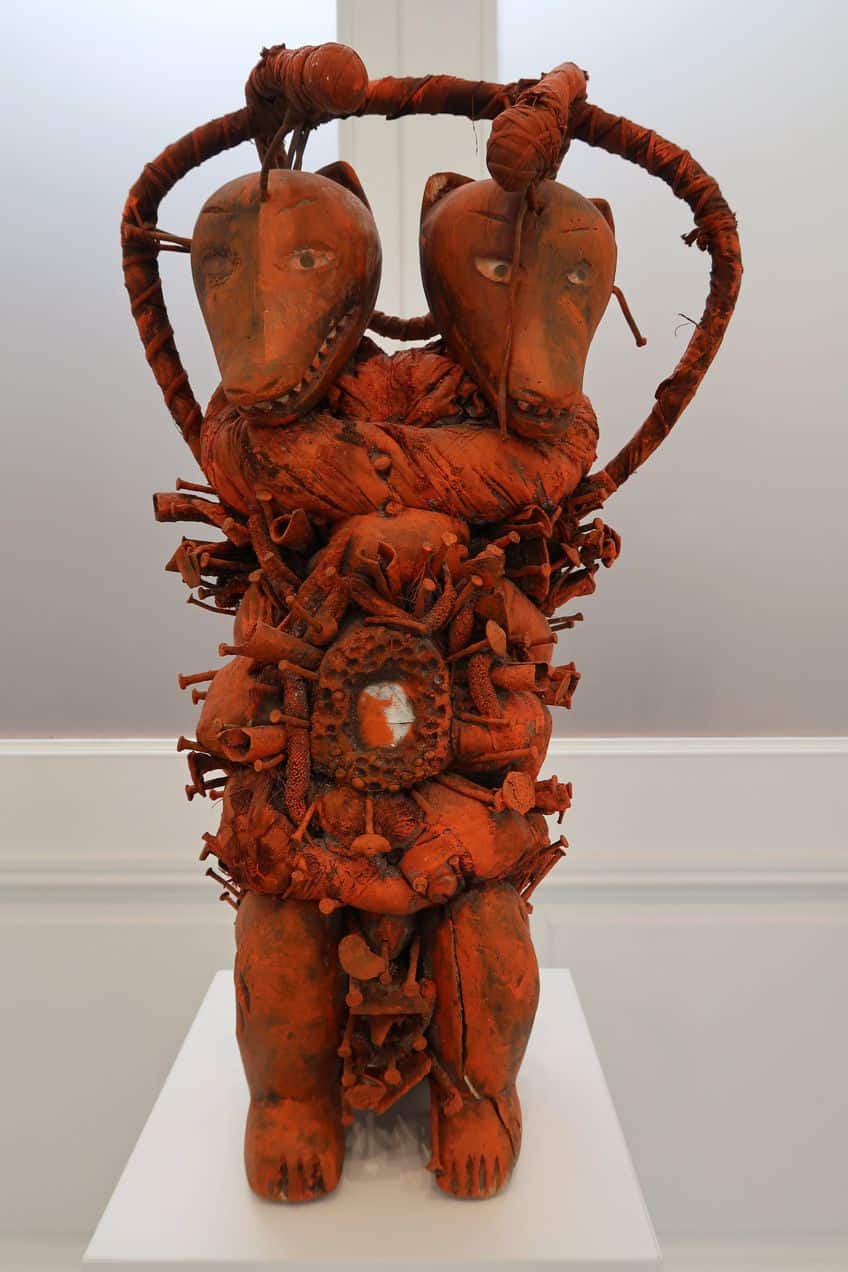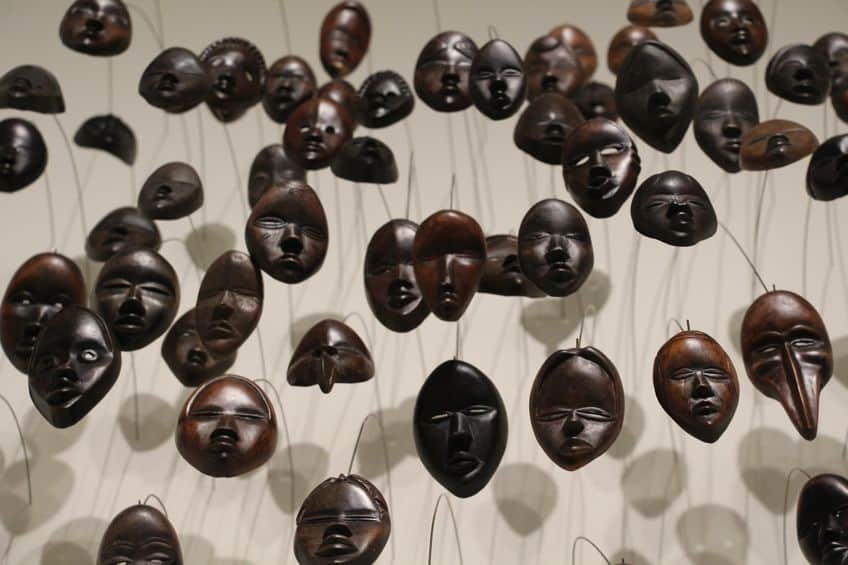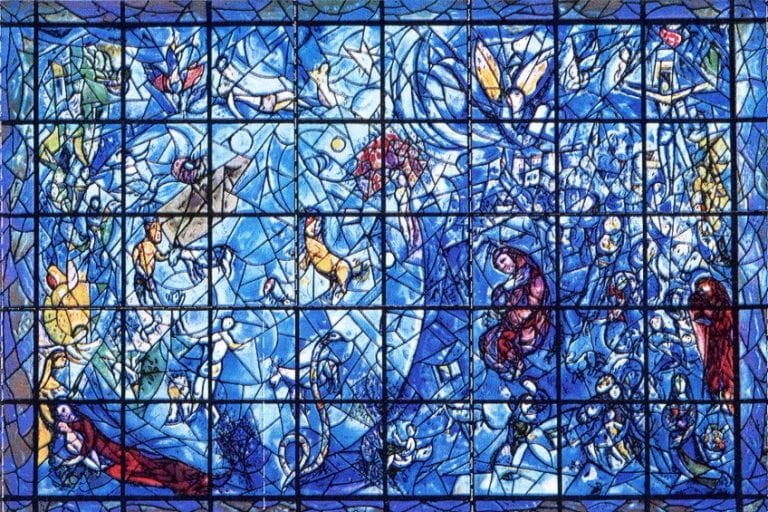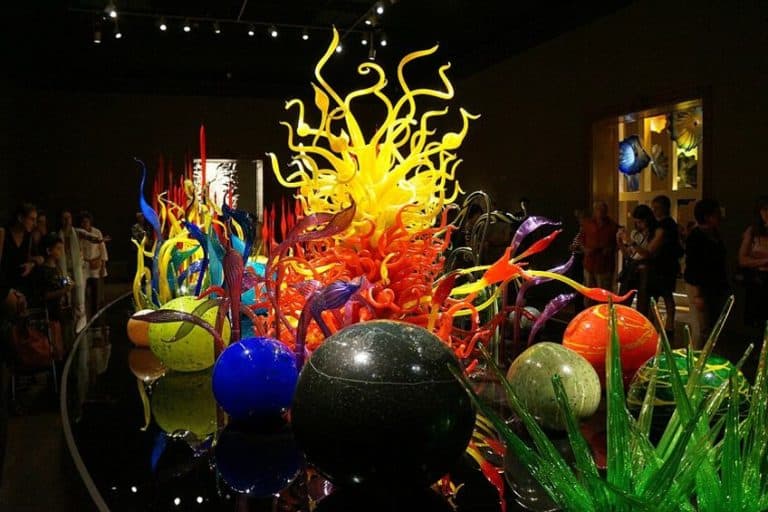David Hammons – Challenging Social Norms Through Art
David Hammons is a seminal figure in contemporary art, renowned for his innovative and thought-provoking works that challenge societal norms and explore themes of race, identity, and cultural appropriation. Born in 1943 in Springfield, Illinois, Hammons rose to prominence in the 1960s and 1970s as part of the burgeoning New York art scene. His diverse body of work spans conceptual art, performance, sculpture, and installation, often incorporating found objects and materials imbued with historical and cultural significance. Hammons’ art not only pushes the boundaries of traditional artistic practices but also sparks critical conversations about race, politics, and the human experience.
Table of Contents
Key Takeaways
- David Hammons is an influential American artist known for addressing themes of race and society.
- Hammons’s work is characterized by the use of found objects and symbolic gestures that reflect his socio-political commentary.
- His art has been displayed in numerous exhibitions, challenging viewers to consider the deeper narratives within his creations.
Life and Education
| Birth | July 24, 1943 |
| Death | Present |
| Place of Birth | Springfield, Illinois, United States |
| Genre of Work | Conceptual art, Installation art, Postmodernism, and Performance art |
David Hammons is a prominent American artist whose provocative works have made significant contributions to contemporary art. Born in Illinois, Hammons emerged as a vital figure in the art world during the 1970s and 1980s, producing a body of work that often addresses issues of race, class, and community. His artistry is deeply interwoven with the experience of African Americans, and through his unique approach, he challenges cultural narratives and invites critical thought.

His career began to crystallize in New York City and Los Angeles, where Hammons’s keen eye for the socio-political dynamics of his surroundings influenced his evolving aesthetic. Hammons’s educational background provided him with formal techniques and conceptual frameworks which he skillfully combined with unorthodox materials and practices. His works, which often incorporate found objects and are charged with symbolic meaning, form a bridge between the viewer and the complex structures of society that his art seeks to reflect and critique.
Born on July 24, 1943, in Springfield, Illinois, David Hammons was the youngest child in a family of ten. He grew up with the influence of the Midwestern cultural milieu during a time of significant social changes.
Artistic Development
Hammons’s formal artistic training began at the Chouinard Art Institute, which later became CalArts, and he continued to refine his craft at the Otis Art Institute. It was in these educational settings in Los Angeles that he began to develop his unique artistic language, which merges found objects with traditional art forms.

Influential Figures
A pivotal influence on Hammons’s artistic ethos was his mentorship with Charles White, an established African American artist.
White’s tutelage provided Hammons not only with technical skills but also with a profound understanding of art as a medium for social commentary.
Artistic Style and Medium
David Hammons’ approach to creating art is marked by his use of unconventional materials and techniques. He deftly integrates elements of influential art movements into his work, creating art that resonates with cultural and societal commentary.

Materials and Techniques
Hammons often employs a variety of non-traditional materials in his artwork. Found objects become central elements, reflecting a commentary on urban life and Black experience in America. His body prints evoke strong emotional responses, using grease and pigment to press images of the human figure onto paper, capturing not just a form but a presence. Basketball hoops, bottle caps, and even snowballs have figured into his sculpture and installation work, demonstrating Hammons’ versatility and ingenuity.
- Hair: Utilized in multiple pieces to explore racial identity.
- Materials: Encompass anything from stones to basketball hoops, often commenting on societal issues.
Hammons’ techniques are deliberate; he employs them to deepen the narrative and invite discourse, whether through performance, street art, or installation pieces.
Influential Art Movements
Hammons’ work is often seen in the context of:
- Dada: Reflects the Dadaist’s use of ready-made objects, turning everyday items into art.
- Conceptual: Prioritizes ideas over conventional aesthetic or material concerns.
- Post-Black art: Challenges and explores the notions of black identity in contemporary art.

His propensity for engaging with these movements is evident in his dynamic range of work. Hammons’ art not only undergoes a physical transformation from raw materials to complex installations but also embodies layers of cultural critique. It’s not merely what is created but the underlying dialogue that his choice of medium and artistic movements suggests.
Themes and Influence
David Hammons’ art is marked by its provocative nature and the cultural commentary it embodies. He uses his platform to explore and critique themes of race, identity, and society, often addressing these issues with a powerful visual dynamic.

Cultural and Political Statements
Hammons’ work frequently serves as a bold statement on contemporary culture and politics, with a particular focus on the experience of African Americans. In works like his controversial portrayal of Jesse Jackson with lightened skin, he confronts issues of racial identity and the power dynamics in the media and political spheres.
Hammons does not shy away from employing potent symbols such as the American Flag; reimagined as the African American Flag, it melds national identity with racial consciousness, turning the familiar into a commentary on Black Power and racism.
Racial Identity and Representation
His oeuvre powerfully examines and dissects the intricacies of racial identity and the way stereotypes influence the perception of African Americans. Hammons’ art elucidates the absurdities and injustices of society, utilizing elements from urban environments to spotlight the lived experience of being a black person in the United States. The usage of basketballs—commonly associated with black athleticism—in pieces like “Untitled (Basketball Drawing)” not only captures a dynamic aesthetic but also critically engages with stereotypes and the representation of African Americans in both sports and the broader cultural context.

Major Works and Exhibitions
David Hammons is a pivotal figure in contemporary American art, whose body of work spans across various mediums and themes. His profound influence is seen in his famous works which challenge societal perceptions, significant exhibitions that have showcased his innovation, and public installations and performances that reveal his social consciousness.

Famous Works
- Bliz-Aard Ball Sale (1983): An installation that consisted of Hammons selling snowballs of various sizes on the streets of New York.
- Higher Goals (1986): This towering five-story high installation in Harlem combined basketball hoops with bottle caps to comment on the aspirations of African-American youths.
- How Ya Like Me Now? (1988): A large-scale work featuring a whitewashed portrait of Jesse Jackson, that became a controversial piece when it was vandalized shortly after it was installed in Washington, D.C.
Notable Exhibitions
- Just Above Midtown: Hammons had early exhibitions in this innovative gallery space, which was instrumental in presenting the works of African-American artists during the 1970s and 1980s.
- The Studio Museum in Harlem: This museum, which emphasizes the work of artists of African descent, hosted Hammons for a residency from 1980 to 1981.

Public Installations and Performances
- Hammons’ artworks, often created in public spaces, are rooted in the socio-political context they inhabit. They frequently incorporate elements from the streets, directly engaging with the communities around them.
- His performances are ephemeral and often lack documentation, making them legendary in contemporary art discourse.
Legacy and Honors
- Museum of Modern Art (MoMA): They have included his works in their collection and exhibitions.
- Whitney Museum: This institution has also showcased Hammons’ pieces, recognizing him as an influential American artist.
- MacArthur Fellowship: In 1991, he was awarded this prestigious grant, often referred to as the “genius grant,” for his work in the art world.

David Hammons’ impact on contemporary art is undeniable, leaving a lasting legacy that continues to inspire and challenge artists and audiences alike. Through his fearless exploration of race, identity, and social issues, Hammons has opened new avenues of artistic expression and paved the way for greater inclusivity and diversity within the art world. His ability to transform everyday objects into powerful statements and his unwavering commitment to pushing boundaries have solidified his position as a visionary artist whose work resonates far beyond the confines of the gallery space. As we reflect on Hammons’ contributions, we are reminded of the transformative power of art to provoke, question, and inspire change in our world.
Frequently Asked Questions
What Are Some Notable Sculptures Created by David Hammons in New York?
David Hammons’ significant New York sculptures include Day’s End, a massive installation along the Hudson River in Manhattan. This work references an earlier Gordon Matta-Clark project and engages with the history and memory of the site.
What Themes and Symbols Are Prevalent in David Hammons’ Work?
Hammons’ art is replete with symbols and themes such as race, identity, and social issues. He frequently incorporates materials from everyday life and transforms them into thought-provoking pieces. His artwork, like the public installation How Ya Like Me Now, challenges viewers to confront their preconceptions and the social constructs of race.
How Has David Hammons’ Background Influenced His Art?
David Hammons’ background and personal experiences have significantly shaped his artistic output. Growing up during the Civil Rights Movement, Hammons was influenced by the struggle for African American rights and equality. His artwork often reflects on his experiences as a Black man in America, addressing cultural stereotypes and racial issues.
Isabella studied at the University of Cape Town in South Africa and graduated with a Bachelor of Arts majoring in English Literature & Language and Psychology. Throughout her undergraduate years, she took Art History as an additional subject and absolutely loved it. Building on from her art history knowledge that began in high school, art has always been a particular area of fascination for her. From learning about artworks previously unknown to her, or sharpening her existing understanding of specific works, the ability to continue learning within this interesting sphere excites her greatly.
Her focal points of interest in art history encompass profiling specific artists and art movements, as it is these areas where she is able to really dig deep into the rich narrative of the art world. Additionally, she particularly enjoys exploring the different artistic styles of the 20th century, as well as the important impact that female artists have had on the development of art history.
Learn more about Isabella Meyer and the Art in Context Team.
Cite this Article
Isabella, Meyer, “David Hammons – Challenging Social Norms Through Art.” Art in Context. April 22, 2024. URL: https://artincontext.org/david-hammons/
Meyer, I. (2024, 22 April). David Hammons – Challenging Social Norms Through Art. Art in Context. https://artincontext.org/david-hammons/
Meyer, Isabella. “David Hammons – Challenging Social Norms Through Art.” Art in Context, April 22, 2024. https://artincontext.org/david-hammons/.










